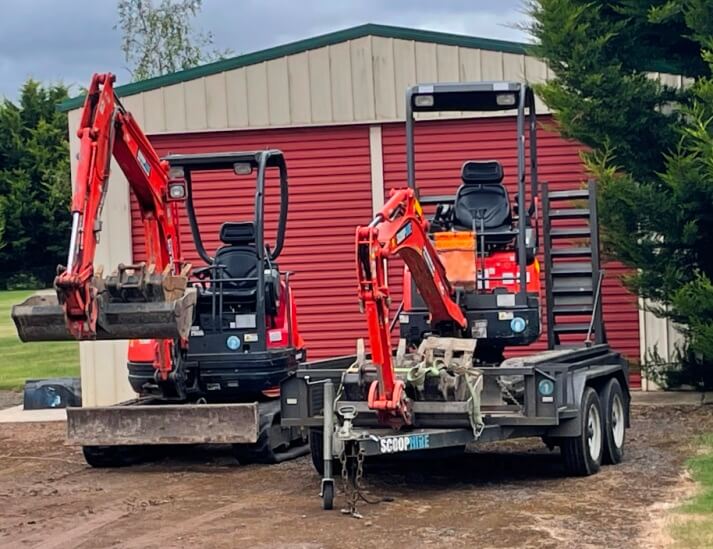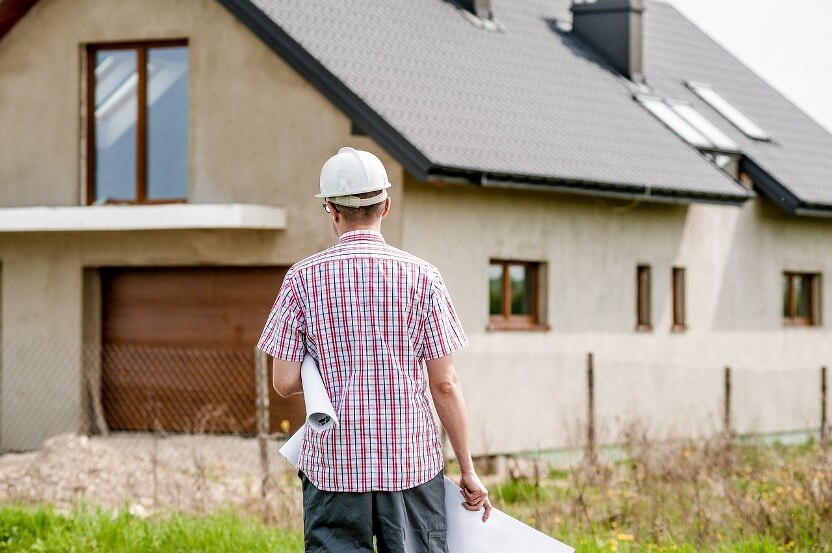Ecotourism relates to making tourism more about the preservation and appreciation of nature more than the disposable attitude to travel that many have, and this much-needed form of tourism is gaining steam rapidly. Tiny homes, on the other hand, are often made with sustainable resources, and due to their impressively small size not much is needed to create them either. In this article, we take a look at how tiny homes and ecotourism work to complement each other perfectly.

Why ecotourism matters
If you’re looking to embark on a getaway I Australia and you’ve already done some research into some new and fun places to visit, you’ll likely already have found that in places like Sydney, Melbourne and the Gold Coast, tiny homes are rapidly gaining in popularity. Much of this is due to a move to ecologically-friendly tourism Australia-wide, as environmentally-friendly holidays are becoming much more in demand than they were only a decade ago.
Australia’s beautiful and diverse landscapes make it the perfect destination for those looking for an environment-focused getaway, but that should at all mean that ecological tourism is reserved for those who are diehard environmentalists – being conscious of how you travel is just one more step to ensuring that our beautiful country is reserved, and tiny homes feed into this idea perfectly. Just like ecological tourism, tiny homes help the environment by potentially being built with sustainable resources such as recycled wood and fitted with the means to create their own renewable energy through solar panels.
Why tiny homes are important
The small carbon footprint of tiny homes mean they don’t create an additional burden on the environment, but their ability to exist off the grid also make them the perfect accommodation for real nature lovers. In many cases, all it takes is for holidaymakers to step outside their tiny accommodation and instantly be in nature, whether that mean a forest, a hilly plain or a sandy beach. This is because they can be set up in very remote locations while still being set up with all of the creature comforts that electricity provides, thanks to the addition of wind and solar energy.
The use of rainwater tanks also allows for people staying in a tiny home to not have to rely too heavily on other sources of water that would otherwise need to be used for drinking. Many tiny homes built with sustainability in mind also feature composting toilets, which not only save on significant water usage, but create compost that can allow the attached garden or nearby flora to thrive. All of this means that solitude is made so much simpler than any other standard getaway, making the lovely intimacy of a tiny home getaway far more unique than most other holidays.
Planning on going on a holiday soon?
If you’re looking to take a trip to get back in touch with nature, ecotourism is definitely the way to go about it. By planning your trip with sustainability in mind, you will not only have an incredible time yourself, but will be supporting local communities, the environment and even important rural economies. Do yourself a favour and take an amazing ecotourism trip to a tiny house today!

